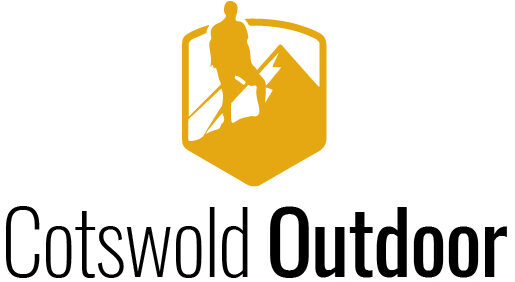Knife
Many people believe that a knife is all they need to survive in the wild. For many years, I was one of these people.
With the combination of fixed blade and multitool, the Swiss Army Knife can handle all your outdoor cutlery requirements.
I spent a lot of time outdoors and hunted as a child. I was always prepared with a knife and could handle any problem. However, there were times when the knife was used in a way it wasn’t meant for, and I even damaged a blade. I only realized the importance of having both a multitool and a knife together when I began to carry them.
It is important to understand that a knife has three main functions: cutting, slicing and stabbing. It is not an ax, ax or drill bit, but a knife. A knife should not be used for heavier tasks such as hunting, processing game, sheltering, cooking, or self-defense.
People expect outdoor knives to kill tanks. This is partly because there are grueling testing methods used to test them. These tests include inserting a knife into a vehicle door and pounding the spine with a 2×4” wooden block. Then, use the blade’s side to hammer nails.
You risk damaging your most valuable tool if you use it in a way that is not the original design. This is particularly important in the survival and outdoor environments where you only have one tool: your knife. The knife will be there for you when you need it most if it is used in the right way and properly maintained.
Multitool For me, multitools can be divided into two types: a Victorinox Swiss Champion or a pliers-style multitool like a Lederman.
Although I admit it, I have a bias towards Swiss Army Knives. They have been a favorite tool for me for most of my life. Leatherman-style multitools are my favorite because they have larger, stronger pliers and more tools.
A few tools are featured in the Swiss Army Knife Champ.
Two main reasons I keep a multitool in my bag with me are:
1. To keep the cutting edge of my knife.
2. Use tools better suited to the job to avoid damaging my knife.
You will need to grasp, pinch, squeeze and twist the pliers more than you think. I’ve used the pliers to dig into the soil and break down materials such as glass, soft metals, and ice. This is not all you need to know about pliers.
Multitools often include a saw, a pair of scissors, and a knife. You can use the knife or scissors for most light-duty tasks like opening food packages, cutting cordage, creating first aid, and creating fuel. The main blade’s edge can be saved by dividing the tasks, which is particularly important when a sharpener is unavailable.
This small saw is ideal for small wood pieces for outdoor projects. It can create fuel for fire-starting, cut through bone, and rip through materials such as clothing, straps and green vegetation.
In outdoor settings, one aspect often overlooked is the necessity for gear repair and adjusting. Multitools have various options, including a screwdriver, pliers, metal file and punch. These tools are often more suitable for gear repair or adjusting than a knife.
A multitool can be used for two things, even though they are not recommended, which is to use it as a hammer or a prybar. These uses are not part of the multitool’s design, so I restricted how often I used them. However, knowing that I could use them if necessary would save the main knife from potential damage.
Bryan LynchWrapping it all.
Some of the arguments against not having a multitool on hand are understandable. When you’re outdoors or in a survival situation, weight and versatility can be a major concern. Multitools are compact, lightweight, portable, versatile, affordable, and easy to use. I find it hard to believe anyone would not want one with an outdoor knife.




